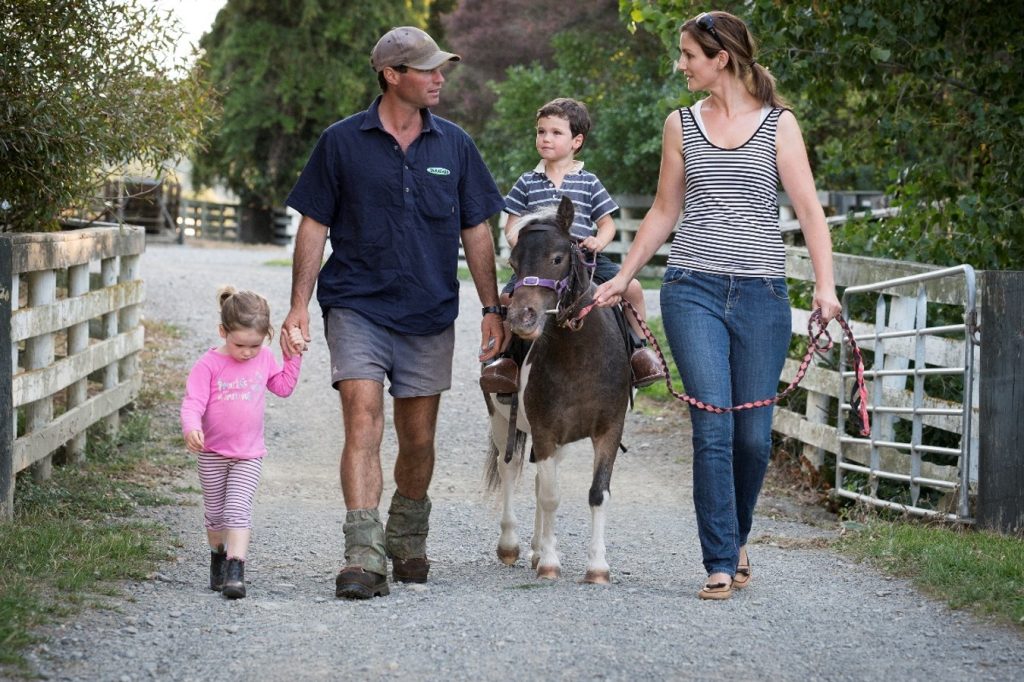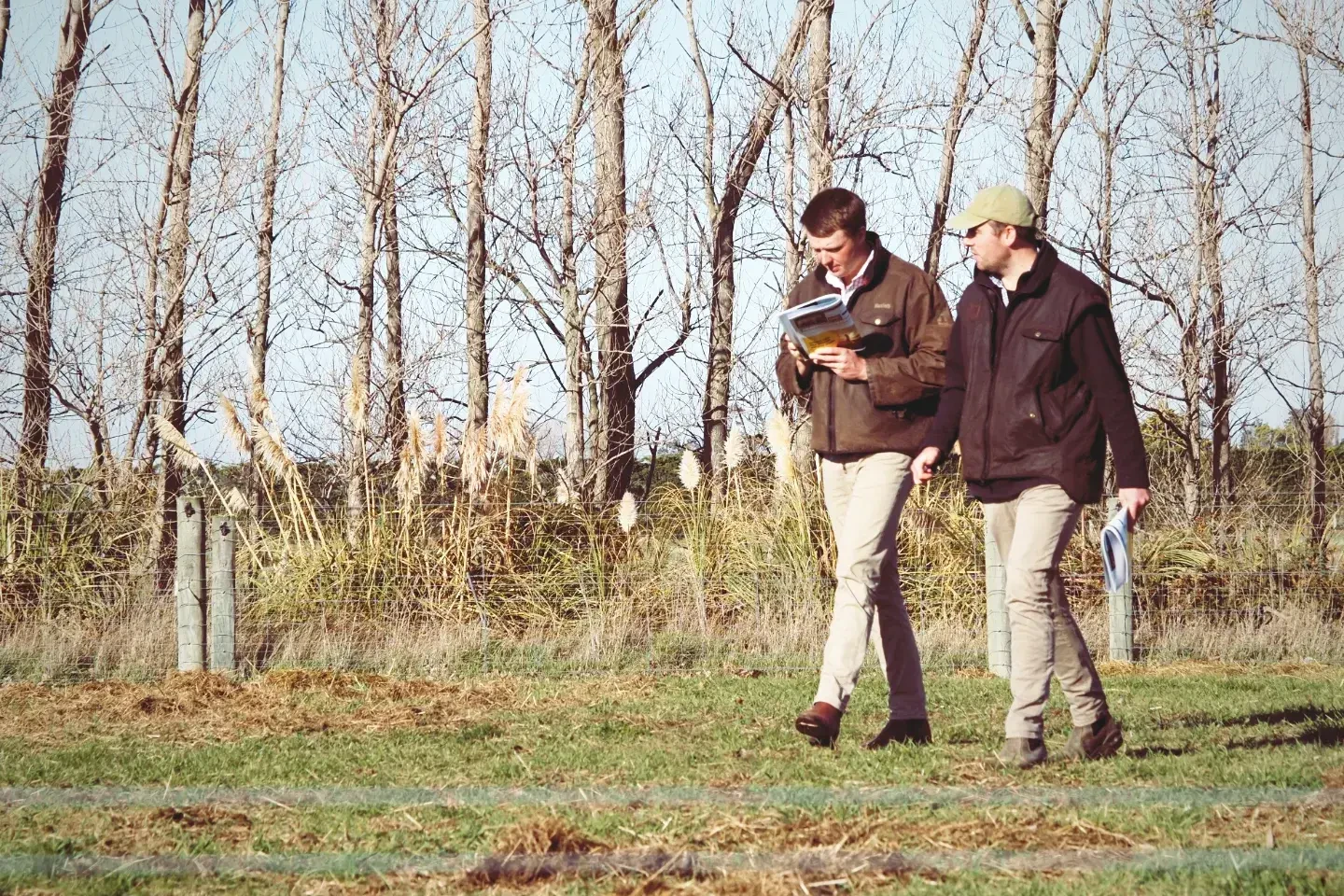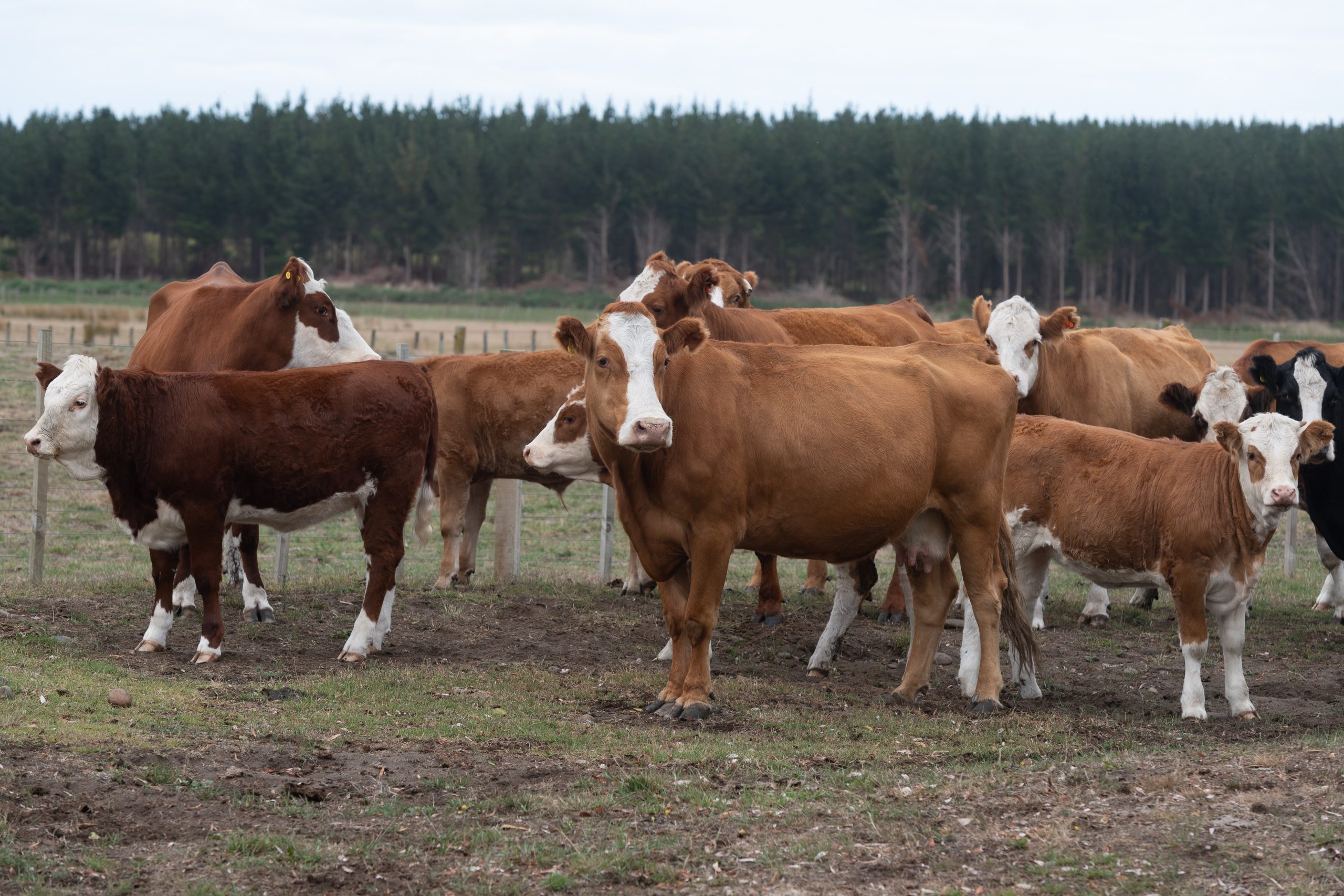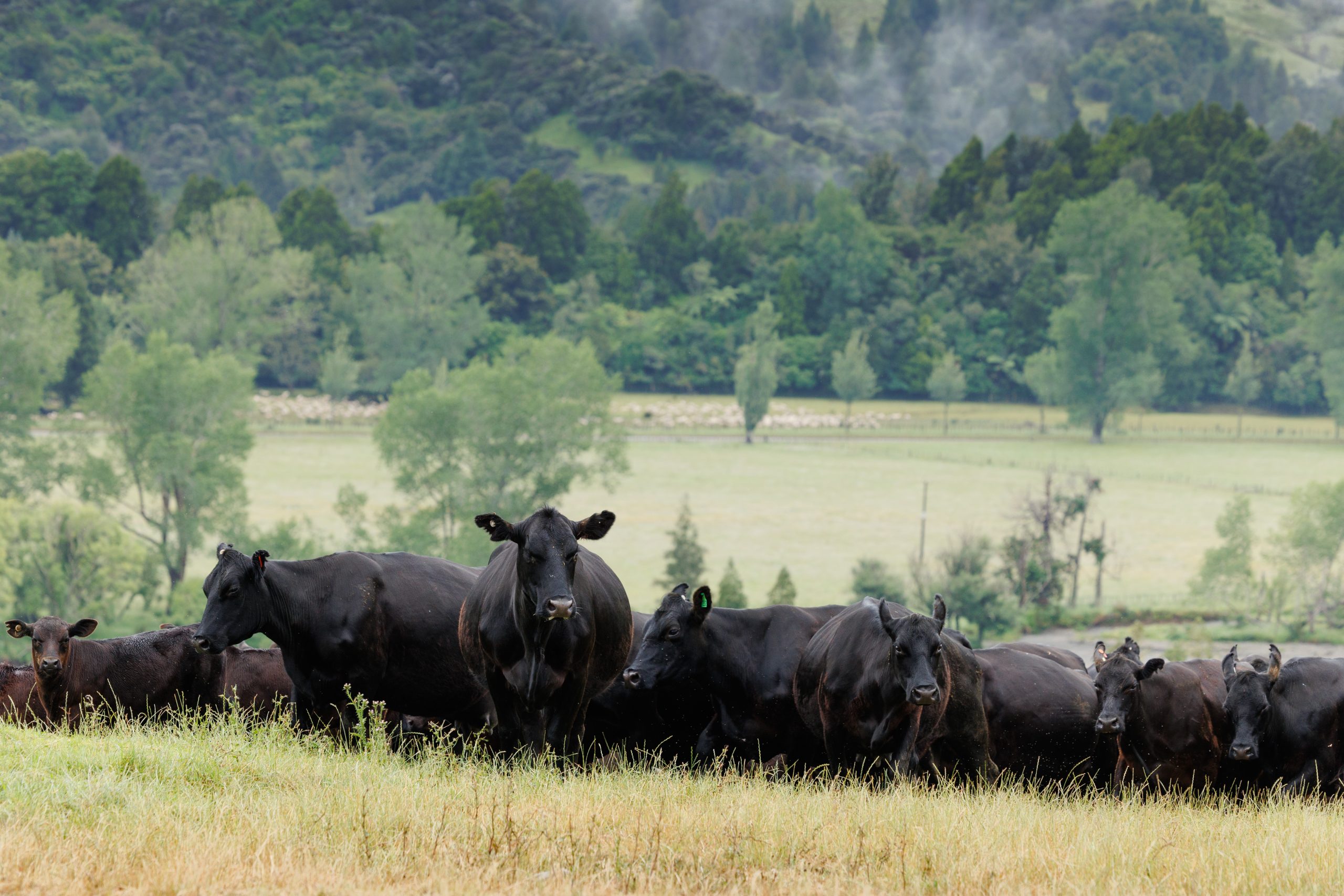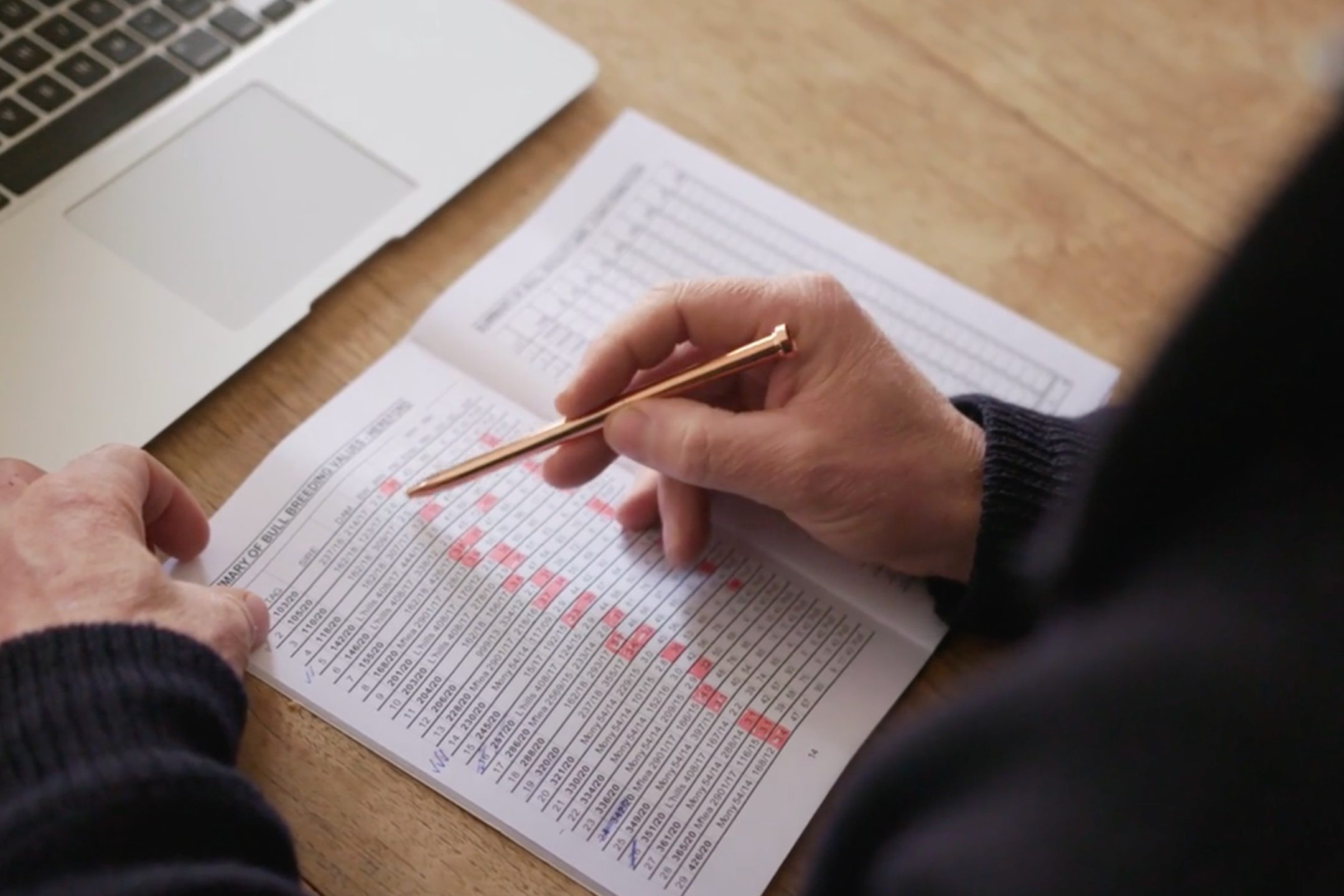Farmers’ lessons from involvement in Beef + Lamb New Zealand’s Beef Progeny Test
Ten years on from his involvement in Beef + Lamb New Zealand’s Beef Progeny Test, Matt Smith is applying many of the same principles to the beef herds he oversees today. Words Sandra Taylor.
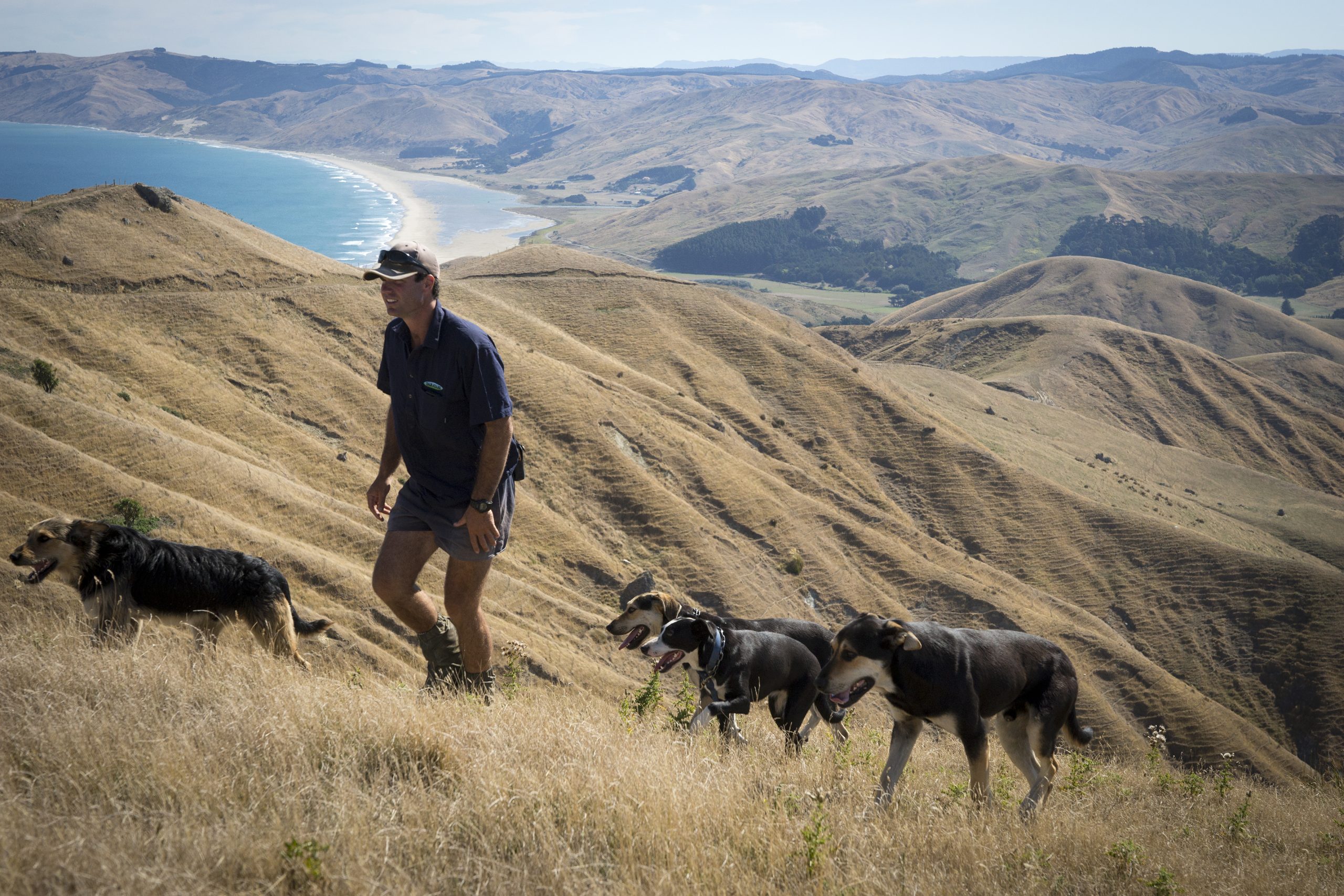
As general manager of the Southern Farms for Lone Star Farms, Matt oversees farms in Middlemarch, Outram, Hakataramea Valley and Mayfield. The latter is a finishing operation and the others are breeding properties with some finishing.
Matt’s involvement with the long-running Beef Progeny Test (BPT) began when he was managing Tautane Station, a 3,700ha, 29,500 stock unit station near Pongaroa on the North Island’s East Coast. The farm was leased by the former Taratahi Agricultural Training Centre and used as a training ground for its students. The BPT on Tautane involved 383 of the station’s mixed-age
Angus cows (the station ran a total of 600 cows) and bull genetics were selected to represent a broad range of types, from moderate bulls through to bulls with strong estimated breeding values (EBVs) for carcase traits.
“It was a realeye-opener for me, and we still use AI (artificial insemination). It gives us access to a wide range of bulls. If you want to make fast genetic gains, it’s a good way to do it.” – Matt Smith, GM of Southern Farming, Lone Star Farms
Matt says one of the key lessons he took from his involvement in the progeny test was the value of EBVs.
“They do work, even at a slightly lower percentile, they are a great predictor for what a cattle beast will do. They do tell a story and it’s a true and accurate story.”
Today, Lone Star Farms uses a range of genetic tools in its commercial beef breeding operation including genomic testing, EBVs, participating in the international Leachman Profit Cattle Evaluation programme and artificial insemination (AI). Matt first saw the value of AI for speeding genetic gain when he was involved in the BPT.
“It was a real eye-opener for me, and we still use AI. It gives us access to a wide range of bulls. If you want to make fast genetic gains, it’s a good way to do it.”
He admits that at Tautane, he was initially nervous about bringing cows and calves in for the AI process, but once the system was set up, it was pretty streamlined, and they found
the calves became particularly quiet as they got used to being handled at such a young age. Today, Matt oversees 800 Angus breeding cows and 150 replacement heifers, all of which are mated as yearlings. While the beef cows are commercial animals, they are all genomically tested and Lone Star Farms use the INHERIT Select tool to select cows from which to breed their replacements. Cows that are not selected for the maternal herd are drafted into terminal herds. They are using AI and while the genetic gain they are achieving makes it worth the cost and effort, Matt admits it can be hard to justify the cost of AI when they still need to buy bulls.
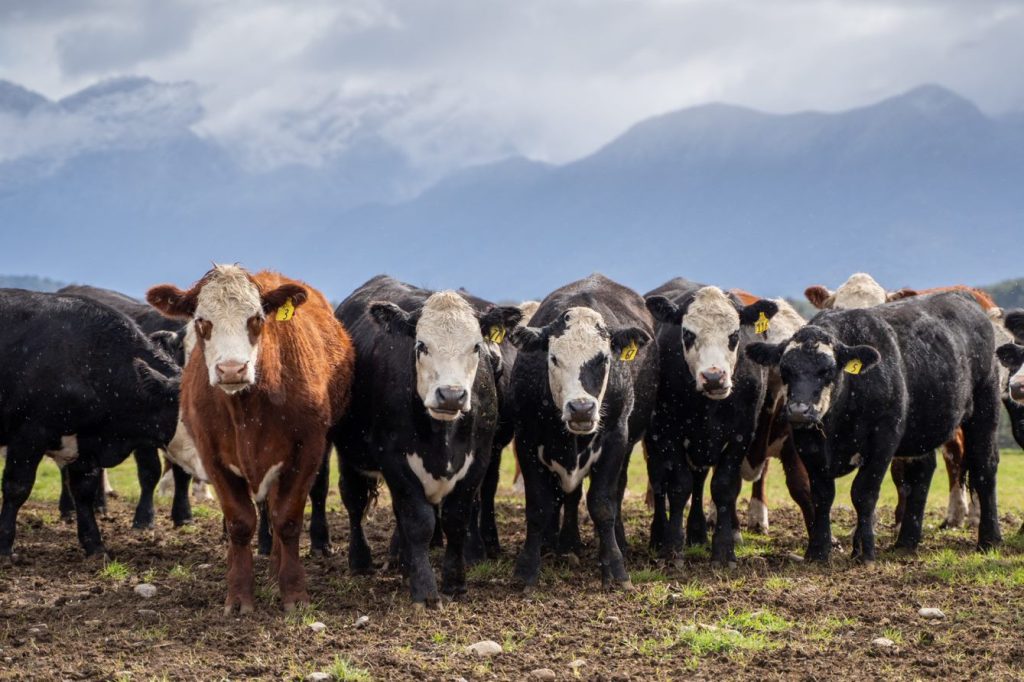
Most of their bulls are sourced from Rissington. They only artificially inseminate mixed-age maternal cows as they want to ensure the 15-month-old replacement heifers are able to conceive naturally. A Simmental terminal sire is used across some of the terminal cows.
Matt says they are using these genetic tools to breed easy-doing cattle that can handle the challenging Central Otago climate. With an annual rainfall of between 400–600mm, the cows need to be able to maintain their body condition on limited feed and get back in calf in the first two mating cycles. Cows that don’t conceive until the third mating cycle are sold.
Matt says he also learnt the value of body condition scoring when he was involved in the BPT.
A policy of regularly body condition scoring cows three to four times a year has been integrated across all Lone Star’s properties and a cow’s ability to retain condition is part of the selection criteria when they select cows from which to breed replacements.
Coupled with maternal traits, Matt says there has been a real focus on growth rates and carcase traits, particularly intramuscular fat as they strive to produce top-quality beef with outstanding eating quality.
A policy of regularly body condition scoring cows three to four times a year has been integrated across all Lone Star’s properties, and a cow’s ability to retain condition is part of the selection criteria when they select cows from which to breed replacements.
He says they have to continue to drive growth rates as it is carcase yield, rather than carcase quality, that they are being paid for, but he is hoping this will change in the future and they will be rewarded for carcase quality.
As Lone Star Farms produces Lumina lamb, Matt says he has a renewed appreciation for the importance of eating quality in all the red meat they produce, hence the focus on intramuscular fat and carcase attributes in their beef herd.
Beef Progeny Test spanned 10 years
Spanning from 2014 to 2024, the original BPT compared bulls under New Zealand farming conditions. Steers and cull heifers were assessed on their finishing performance and carcase traits, while replacement heifers were tracked for their maternal characteristics. Utilising a mix of internationally sourced and New Zealand semen, some bulls were included to provide genetic links to other programmes (e.g. the Australian Angus Sire Benchmarking Program, Hereford Progeny Test, Angus Sire Alliance and the B+LNZ Genetics Dairy Beef Progeny Test).
In total, over 240 sires were assessed in the BPT. The last mating was in 2019 with final measurements collected at the end of 2023 on three remaining properties – Whangara Farms, Pāmu’s Rangitaiki Station and Mendip Hills Station. In 2020, the BPT evolved to an across-breed progeny test under the newly established Informing New Zealand Beef programme, and the first mating was undertaken at Pāmu’s Kepler Farm, near Te Anau. It has since expanded to include Lochinver Station, owned by Rimanui Farms.
The five properties involved in the original BPT were: Whangara Farms (Gisborne), Pāmu’s Rangitaiki Station (Taupō), the Black family’s Mendip Hills Station (North Canterbury), Lone Star Farms’ Caberfeidh Station (South Canterbury) and Tautane Station (Herbertville).
A list of reports and insights from the Beef Progeny Test can be found on B+LNZ Genetics’ website: blnzgenetics.com

